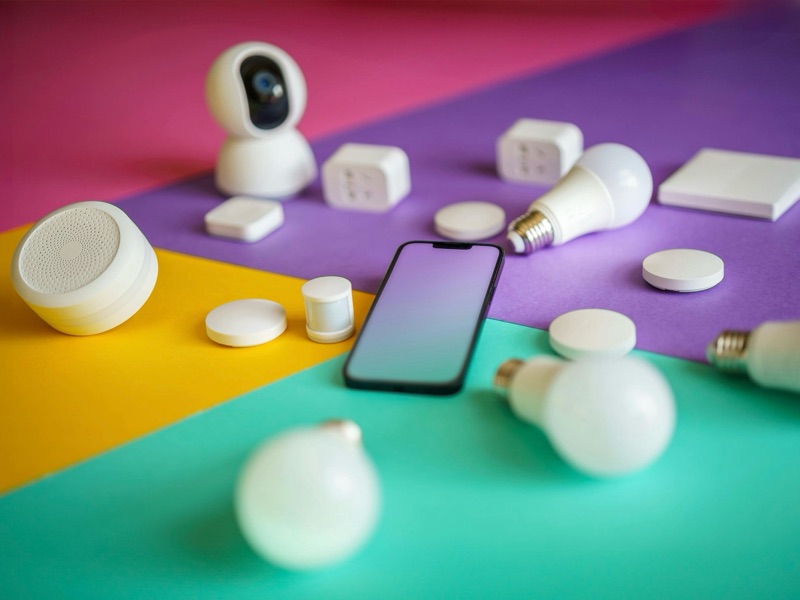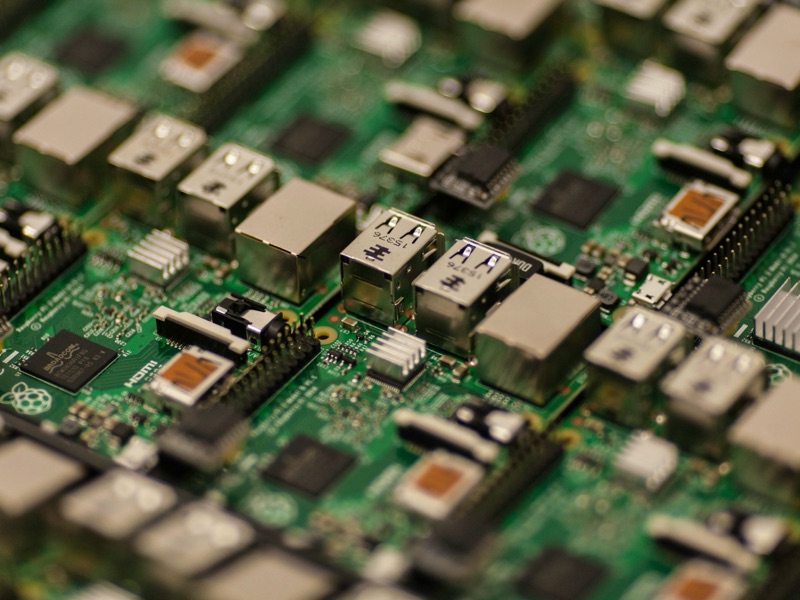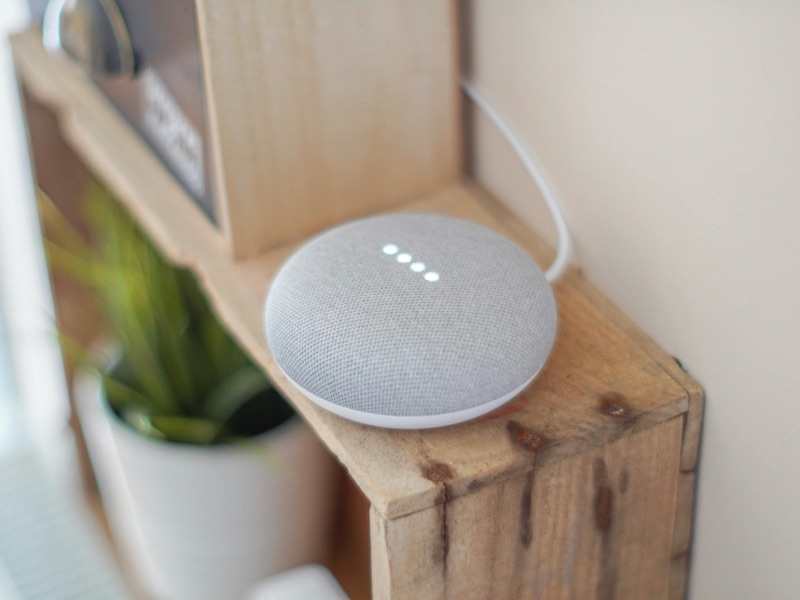In just over a decade, the Internet of Things (IoT) has evolved from a buzzword to a foundational element of modern technology. From smart refrigerators to industrial sensors, IoT devices are quietly becoming embedded in nearly every aspect of our lives. But how many of these devices are actually out there today? And what will the landscape look like in ten years?
Let’s take a deep dive into the numbers, trends, and implications of our increasingly connected world.
The IoT Explosion: Where We Are Now
As of 2025, the estimated number of active IoT devices worldwide stands at around 18 to 20 billion. This number includes everything from smart home devices like thermostats and doorbells, to enterprise-level sensors used in manufacturing, logistics, and healthcare. To put this in perspective, that’s more than two IoT devices for every person on the planet.
Growth has been particularly strong in the industrial and healthcare sectors. In factories, IoT-enabled machines now monitor real-time performance and prevent downtime through predictive maintenance. In hospitals, wearable monitors track patients’ vital signs and send data to cloud-based systems in real-time.

Why the Growth is Accelerating
Several key factors are contributing to the rapid proliferation of IoT devices:
- 5G and Low-Power Wide-Area Networks (LPWANs): Faster and more efficient networks allow more devices to stay connected with lower power consumption and higher reliability.
- Edge Computing: Processing data closer to the source reduces latency and bandwidth needs, enabling more real-time applications.
- Falling Hardware Costs: Sensors and microcontrollers have become cheaper, making it feasible to integrate them into nearly anything.
- AI and Automation: Machine learning models rely on constant streams of data—much of which comes from IoT sensors—to make intelligent decisions.

Looking Ahead: The Next Decade
Forecasts suggest that by 2035, the number of IoT devices could reach anywhere between 50 and 75 billion. This projection varies based on assumptions about technological advancements, regulations, and consumer adoption, but the trendline is clear: exponential growth.
Several sectors are expected to dominate the expansion:
- Smart Cities: Traffic lights, waste management, and public safety systems will be optimized through IoT networks.
- Connected Vehicles: From autonomous navigation to predictive maintenance, cars will become data-rich platforms.
- Precision Agriculture: IoT will enable real-time monitoring of soil, weather, and crops, optimizing yields while conserving resources.
- Healthcare: Beyond hospitals, home-based health monitoring will become standard for aging populations.

Challenges on the Horizon
With rapid growth comes significant challenges:
- Security: More devices mean more potential vulnerabilities. Many IoT devices still ship with outdated software or poor encryption.
- Interoperability: Different platforms and standards can create friction and inefficiencies in large-scale deployments.
- Data Overload: Managing, analyzing, and storing the sheer volume of data generated by billions of sensors will require advanced infrastructure and AI models.

Conclusion: A Connected Future
The IoT era isn’t coming—it’s already here. With tens of billions of devices already in operation and that number set to at least triple within the next ten years, IoT is becoming as fundamental to our infrastructure as electricity or the internet itself.
But the true challenge lies not just in scaling this ecosystem, but in securing it, standardizing it, and ensuring it delivers meaningful value to people and industries alike. The next ten years won’t just be about more devices—they’ll be about smarter, safer, and more sustainable connections.
Stay tuned. The future is already sensing you.